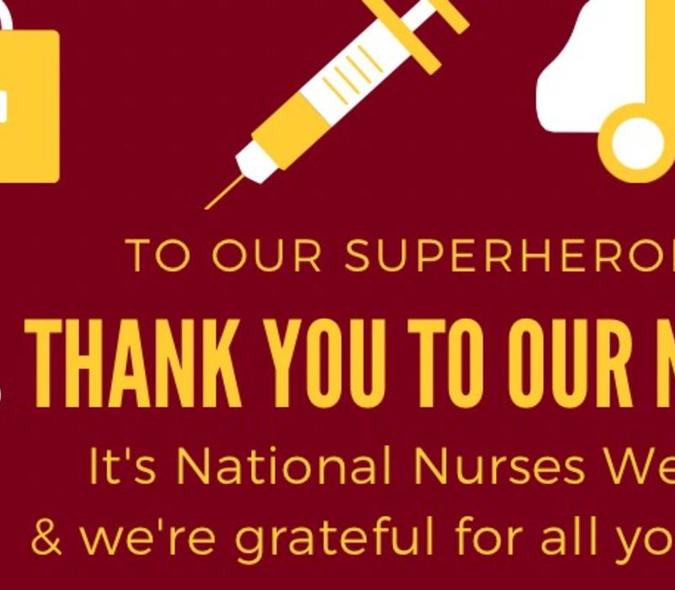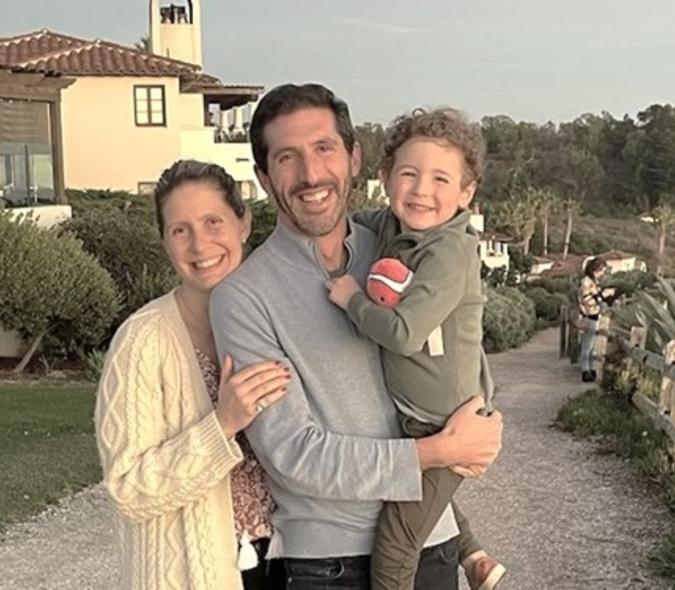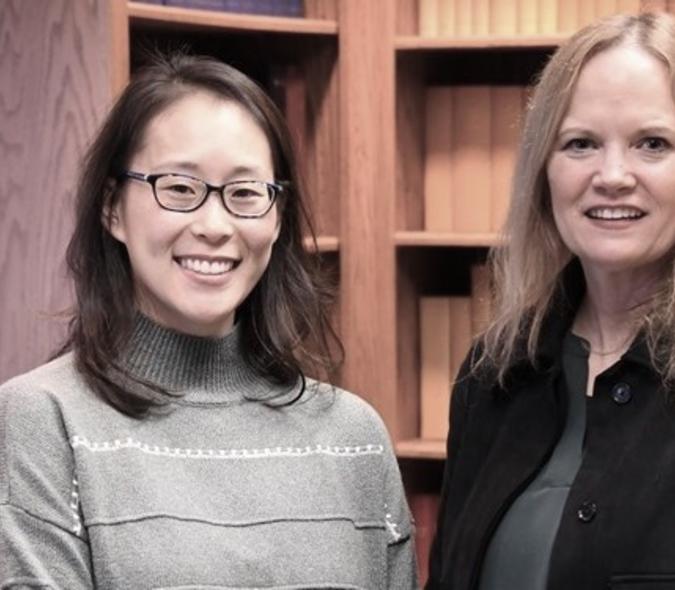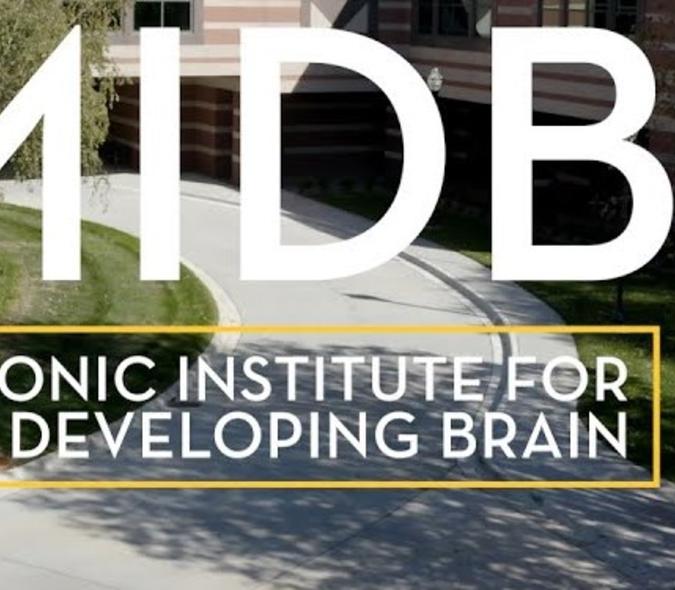
Incorporating lived experience brings a unique – and valuable – perspective to Department research
A couple of years ago, Department Head Sophia Vinogradov, MD, asked her patient, Cale Isaacs, to join the department’s Behavioral Health Research Review Committee (BHRRC). Why? Issacs had “lived experience.” He had been through the partial hospitalization program, which gave him a unique lens through which to view research projects that can impact people like himself.
“All our community partners on the committee were identified through faculty who either had a current or previous patient who wanted to be more engaged in supporting research,” explained Mahrya Johnson, director of Clinical Research Support for the Medical School (she is the former director of Clinical Research Administration for the Department of Psychiatry and Behavioral Sciences). She added that faculty members would have talked to patients to see if they were interested and if so, they would also have talked to Johnson about the appropriate committee assignment.
Providing perspective
According to Isaacs, the committee meets once a month to look over Department research proposals. “I read through recruiting documents and a general overview of what the research will be about and give my perspective about language or whether something might be confusing to someone who isn’t well versed in ‘medical speak,’” he said. “My role is to make sure that nothing feels immoral or dangerous in any way.”
Research teams are always looking for creative new ways for participants to engage and the most supportive ways to communicate without making assumptions about what a participant will appreciate or how they will receive the information, according to Johnson. “What we may see as a positive new approach may not work as expected,” she noted. “Cale can bring a perspective to the discussion that the research team may not have thought about. As someone with lived experience, he can give feedback about how information may be received. It enables us to improve our communications – and our products – so they are more respectful, thoughtful, and engaging.”
Extra set of eyes
So far, Issacs feels like he’s been an extra set of eyes. “There hasn’t been anything I had to correct or flag as an issue,” he said. “I like doing it because it makes what I’ve gone through feel more worthwhile. I can add some insight and perspective as a person who has struggled with their mental health for more than 20 years.”
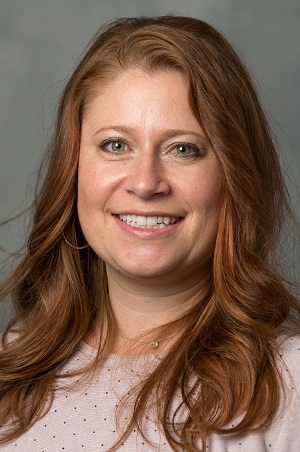
Johnson (pictured here) believes that Isaacs brings his uniquely informed perspective for integrating research into the patient care process as well. “He helps us think about how we as researchers interact with patients when they’re receiving care — such as what is the appropriate time to talk to them about research participation, what do they want to hear about, how do they want to be talked to, and the best communication channels to use,” she said.
Lost in translation
Isaacs helps the department understand what it’s like to not be at full capacity and what that means when someone is trying to engage with you. “We did our best to run things by Cale first when we reviewed new information,” said Johnson. “It’s important that our phrasing and language does not get lost in translation. He continues to help the Department quickly move in a different direction by pointing out possible improvements, when needed.”
In addition to being an extra set of eyes, Isaacs is learning a lot. “It’s exciting for me to see progress being made with things like functional MRI that tries to show physical changes in the brain when you think differently,” he said. What surprises him is how long it takes to get a research proposal through all the required steps. “It makes sense – a lot of people must approve it,” said Isaacs. “Things we talked about six months ago are progressing now but aren’t in full swing yet.”
Engagement studios
The Department has other ways of bringing the community into their work. “We’ve hosted engagement studios, which are similar to focus groups,” said Johnson. “During one, we worked with 18 to 22-year-olds who have mental health issues. We focused on how we could more effectively connect with them and what would make them comfortable about participating in research.”
That work resulted in the Department putting quick response [QR] codes on all its research study flyers. “Focus group participants expressed concerns about stigma and did not want to be seen by their peers reading a research recruitment board related to mental health,” explained Johnson. “QR codes enable you to take a quick photo and privately review the information you need about a specific study.”
Importance of DEI
Diversity, equity, and inclusion is also playing an increasingly important role in bringing more community voices into mental health research planning. “For example, we have a new effort called the Greater Minnesota Clinical Research Initiative that is bringing clinical research to rural Minnesota,” said Johnson. “We’re trying to understand what kind of research interests those communities. We’re not going to assume we have this figured out.” She believes that University researchers will struggle to engage effectively without champions within the communities they serve to help identify and understand needs, interests, and wants.
“What’s important is to include the perspective of individuals you’re trying to seek out and to not make assumptions about their needs,” said Johnson. “Even if you’ve been working with a population for 20 years, don’t assume that you have all the answers. We only get better by learning from and listening to the people around us.”
Issacs offers this advice to those who want to bring their own lived experience to this kind of work: “It’s worth your time,” he said. “It feels good to be able to do something with knowledge that you would otherwise keep to yourself.”
